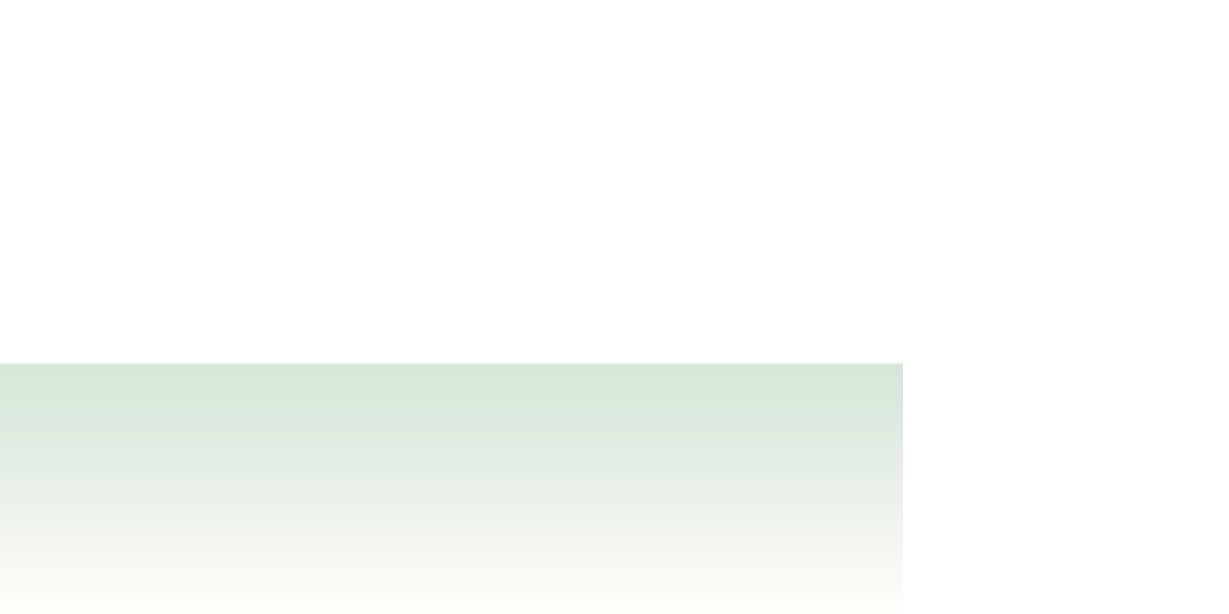Graphics Programs Reference
In-Depth Information
Written Communication: Organizing a Form's Structure
The main purpose of a form is to interact with a user in some way. To do this effectively
you must create a form that is simple and intuitive for the user to use. The requested
information should be organized clearly within the form. Although you can use line breaks,
paragraph breaks, and tables within forms to lay out the form objects, a table is usually
the simplest way to organize forms. For example, you could insert a two-column table in a
form that includes a separate row for each form object. Then, you can right-justify the form
labels in the left column and left-justify the corresponding form objects in the right column.
This creates a form that is well organized and easy to follow. It also creates a form that is
fairly stable across browsers. Different versions of browsers sometimes display form objects
in slightly different ways. Putting form objects in a table helps to keep them in the same
place in a page regardless of how a user's browser displays the form. However, the form
layout might still vary slightly in different browsers.
You'll use a two-column table without a border to organize the contact form.
To add a table to the contact form:
◗
1.
Click in the form area, and then, insert a table with
9
rows,
2
columns,
100%
width,
0
border thickness,
10
cell padding,
0
cell spacing,
Top
header, and
This
table contains a form for gathering information about user preferences and
for communicating with the fest staff.
as the summary.
◗
2.
Align the left column to the
Right
and
Top
.
◗
3.
Align the right column to the
Left
and
Top
.
◗
4.
Merge the cells in the top row. You'll add the form heading to this merged row.
◗
5.
Type
NextBest Fest - Contact Form
in the top row, center the form heading
text, format the heading text in the
Heading 2
style, and then deselect the text.
See Figure 6-29.







Search WWH ::

Custom Search